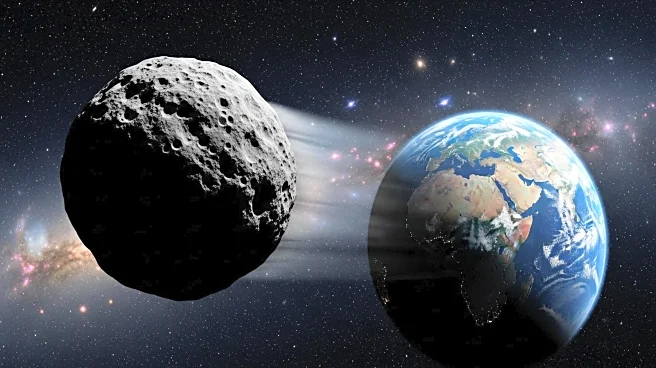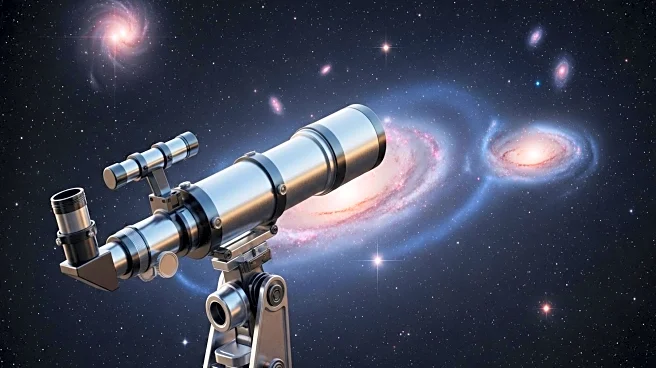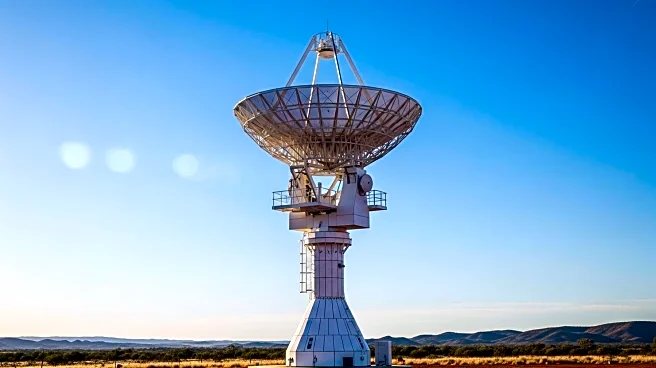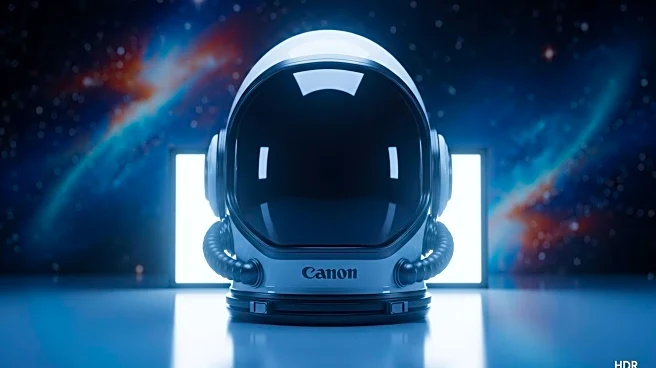What's Happening?
Asteroid 2025 TF, measuring between 1 to 3 meters in diameter, flew over Antarctica on October 1, coming within 428 km of Earth's surface, a distance comparable to the orbit of the International Space Station. The asteroid was detected by the Catalina Sky Survey only hours after its closest approach. Despite its small size, the asteroid's flyby underscores the challenges of detecting and tracking near-Earth objects. Follow-up observations by ESA's Planetary Defence Office helped determine the asteroid's trajectory with precision.
Why It's Important?
The close pass of Asteroid 2025 TF highlights the dynamic nature of Earth's solar neighborhood and the importance of planetary defense efforts. While small asteroids like 2025 TF pose no real threat, larger objects can have significant local or regional impacts. The event serves as a reminder of the need for continued vigilance and international collaboration in monitoring near-Earth objects. Accurate detection and tracking are crucial for predicting potential impacts and mitigating risks to human safety and infrastructure.
What's Next?
Global networks of observatories, including ESA's Planetary Defence Office and NASA's Planetary Defense Coordination Office, will continue to monitor the skies for near-Earth objects. These efforts aim to improve detection systems and prediction models, ensuring early identification of potential hazards. The successful tracking of Asteroid 2025 TF demonstrates the growing precision of modern astronomy and the readiness of the scientific community to respond to future encounters.
Beyond the Headlines
The flyby of Asteroid 2025 TF serves as a testament to the advancements in planetary defense technology and the importance of international cooperation in space exploration. It also highlights the need for public awareness and education about the risks posed by near-Earth objects and the measures in place to protect Earth from potential impacts.










